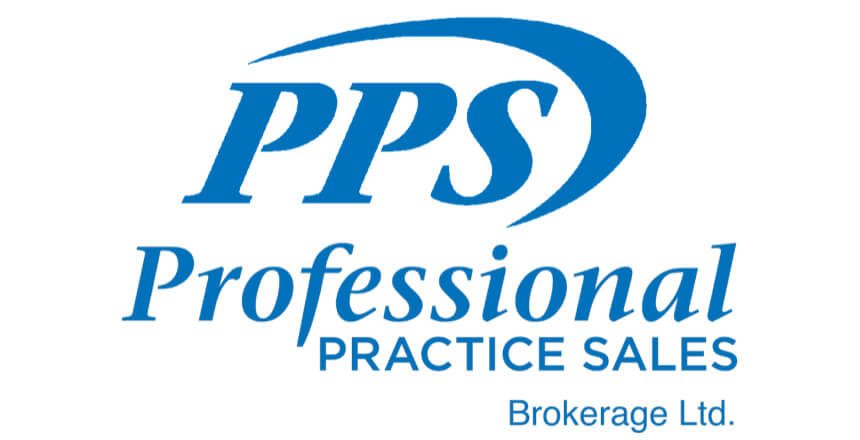
How Can Dental Practice Values be Rising and Declining?

Over the past several years, overall dental practice values have been rising to significant levels. There are many reasons for this increase in value, but it has primarily been fueled by increased demand from new dentists entering the Canadian marketplace, combined with unprecedented access to capital from many Canadian banking institutions.
In the past few years, the demand has been strong for all practices, big and small rural and urban, specialty and general. Recently however there has been a noticeable shift in demand and pricing patterns that has resulted in some practices values continuing to rise, but many practices falling out of favor. The practices that are continuing to increase in demand and values are the large practices and surprisingly, the practices in rural markets. The increase in large practice values is not surprising, these practices are usually in highly visible locations, typically have more than 1,500 active patients, and have strong cash flows.
The other area that has seen an improvement in value are practices in non-urban areas. While this is certainly an upwardly positive trend, but it is less significant as their values were previously very depressed. It seems that purchasers have started to look at these non-urban areas, as they have recognized that the urban practices are either too expensive or too competitive. The practices that are stable or declining in demand are either small, in decline or have low visibility.
These trends are not surprising when we consider the demographics of today’s purchasers, the competition in the market, and the access to capital. It is common knowledge that a large majority of new purchasers are foreign trained dentists who are relatively new to Canada. These purchasers are typically older, have good dental experience, and have families. As a result of this fact, these purchasers have certain requirements for their career, and for their families. As a result of the age bracket of these buyers, they have more financial responsibility than a new graduate, and therefore have very different practice objectives. Younger buyers can afford both the time and have the patience to get into a small or new practice and take the time to grow its profitability. These other buyers cannot afford the time it takes to grow cash flow and are therefore are prepared to pay more for the larger practice with greater cash flow and less risk. The other fact impacting the market is marketing or practice growth strategies. Despite being well trained and overall have strong clinical, and communication skills, most buyers are not comfortable with their ability to grow a practice and attract new patients.
Given the current levels of competition, these buyers are not wrong but are sometimes missing opportunities. The other more important reason for this diminished demand for the smaller practices is unfortunately based on perception. The perception is that if a practice is small, it gets a double negative treatment. Not only does it have limited cash flow, but because it is small it is perceived to have a location that cannot attract or retain patients. The unfortunate part of this trend is that the perception may miss many excellent opportunities.
It is a fact that many small practices have been operated by conservative dentists who are nearing the end of their career. Many of these practices do little or no marketing, didn’t try to get new patients, and were very comfortable operating at their basic levels. We have seen many examples that when sold, the new owners inject life back into these locations, implement new marketing plans, and are able to significantly grow these practices. For sellers of smaller practices, the implications of this trend are meaningful.
If your practice fits the small practice criteria, it should be your goal to address any negatives as-sociated with your practice. You cannot allow revenues to decline, and should make a reasonable attempt to attract and retain patients to give purchasers the confidence that the location is viable. If it is determined that your practice does not have the required potential to grow, and is completely out of favor with the marketplace, the seller must be prepared to possibly sell patients only, or certainly lower expectations on a sale price. For purchasers, the implications are also just as significant.
Many purchasers will continue to pursue the larger practices, and continue to pay top dollar for practices that have proven track records. For those purchasers who are willing to look at smaller practices, they must become very strategic in their analysis of the locations, and they need to ensure that they have the basic understanding of marketing and what it takes to attract patients in a particular environment. There is a need to differentiate between a practice that is small by design versus a practice that has tried to grow but failed due to competition, location, or visibility. In summary, we feel that large practices will continue to be in high demand, but for small practices, we urge the sellers to address the perception issues that the practice has no growth potential. For buyers, we urge them to look deeply into the small practices to assess the real reason for the lack of size, and to determine if there are growth opportunities.

